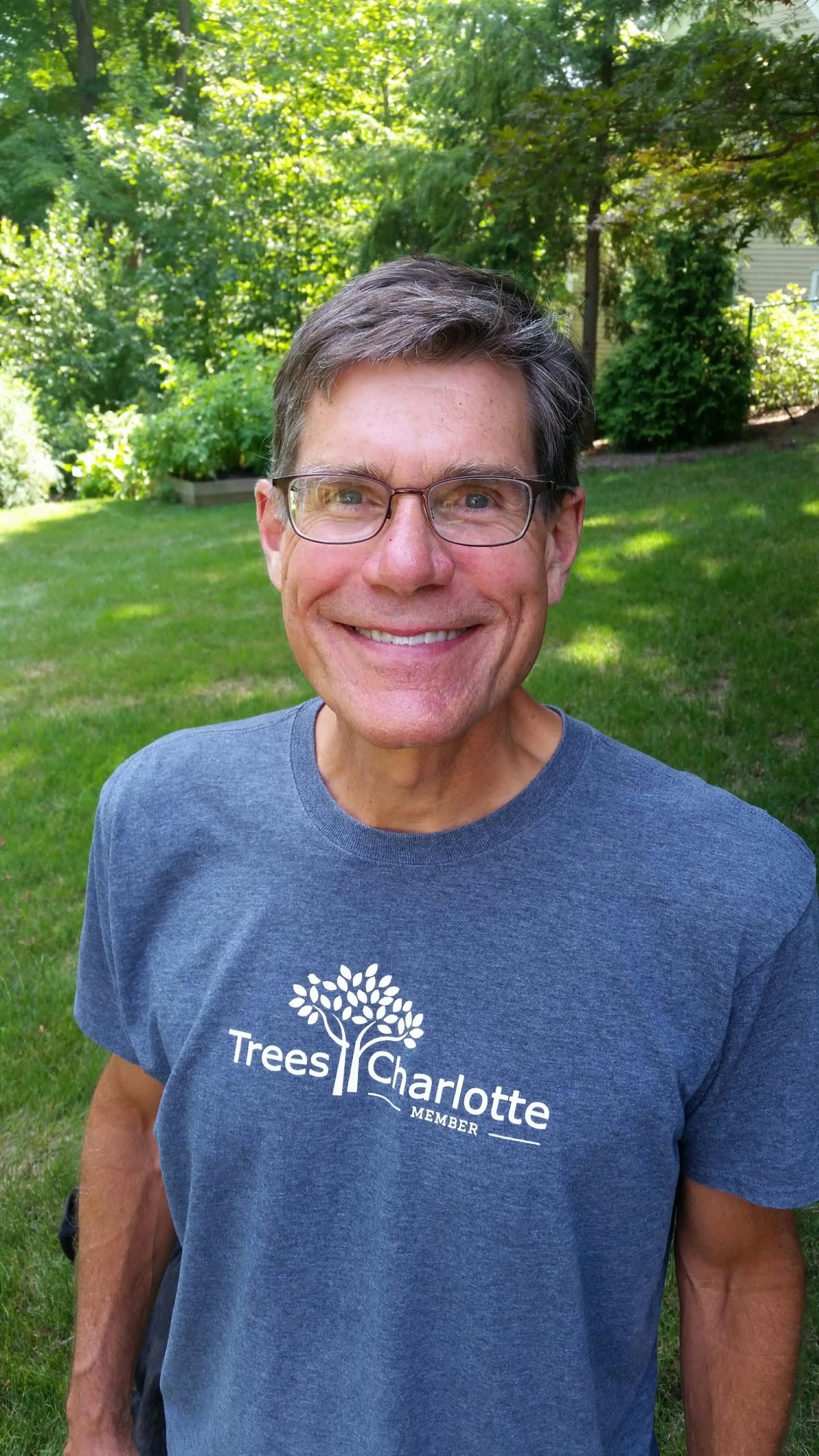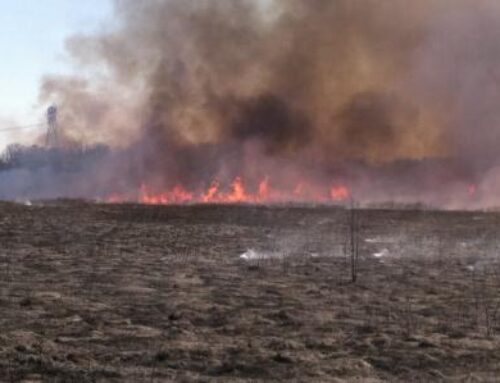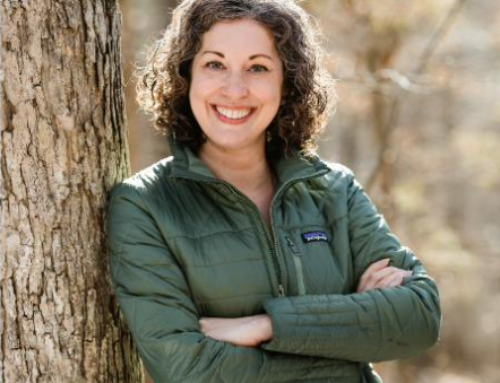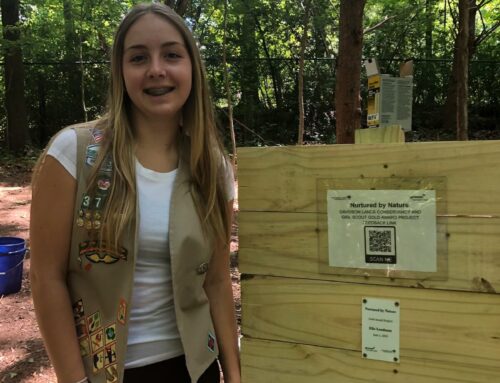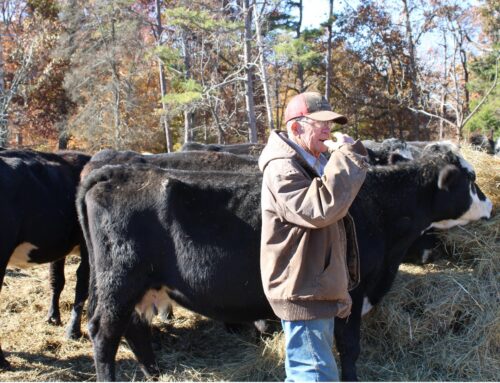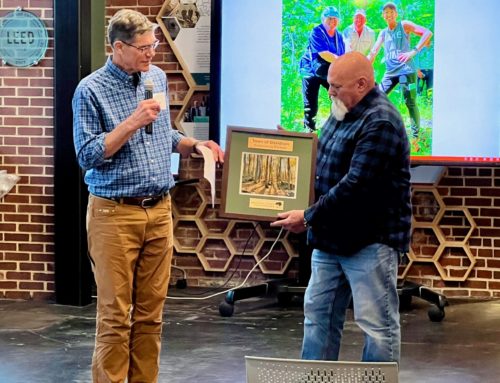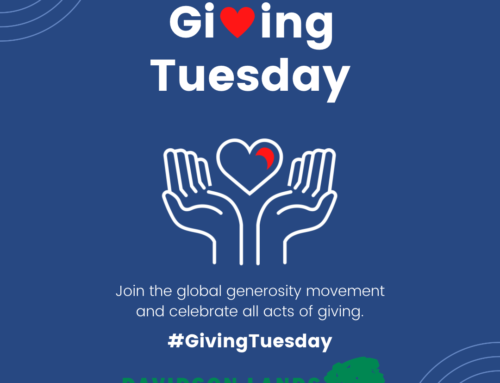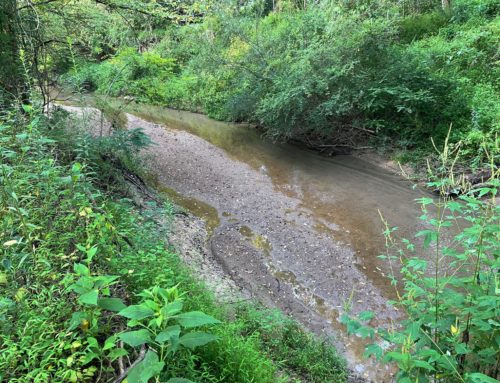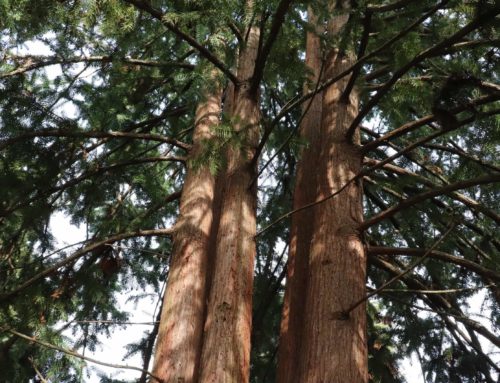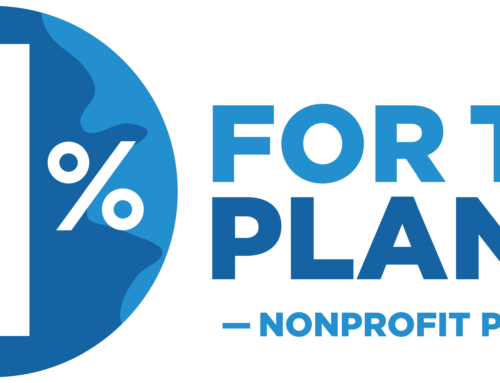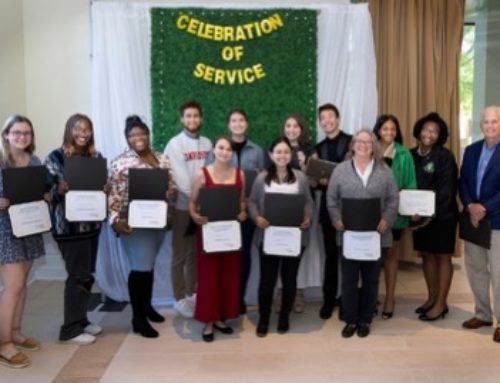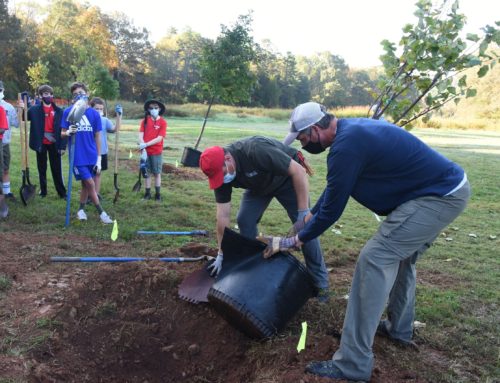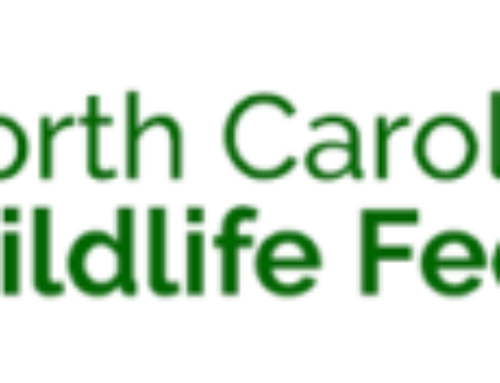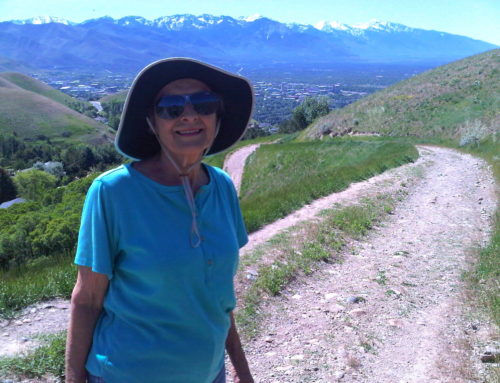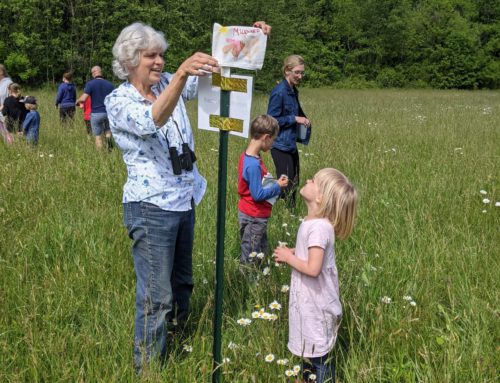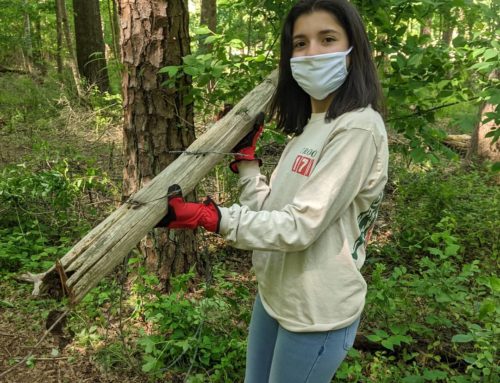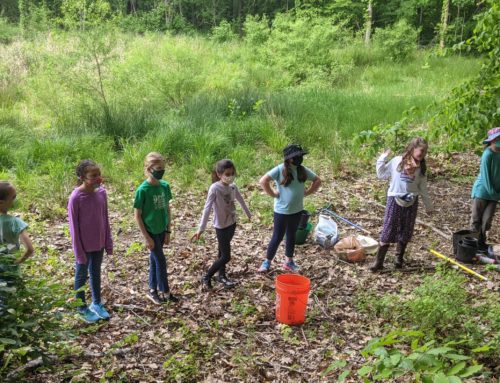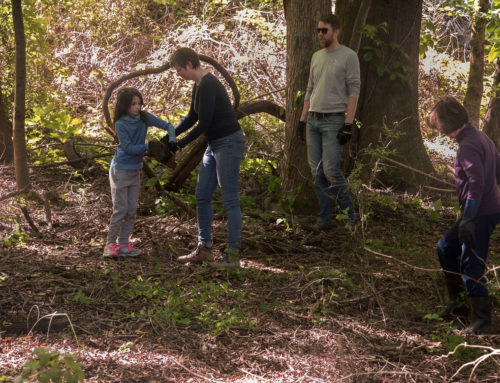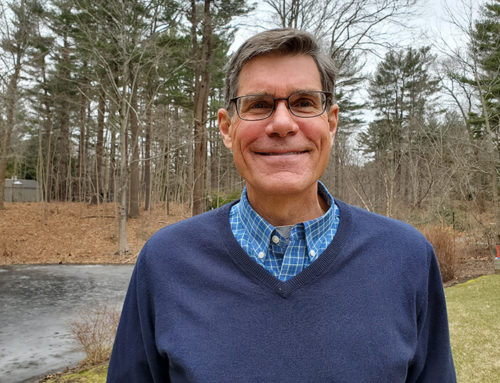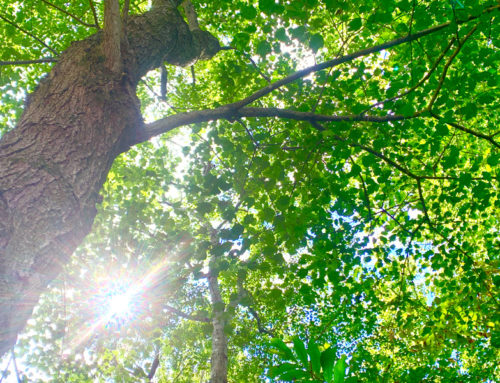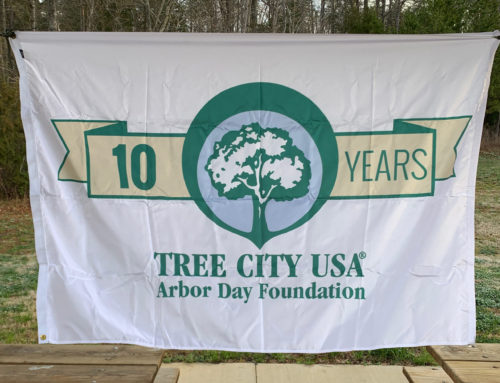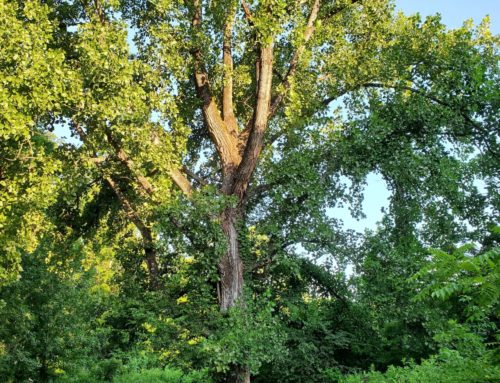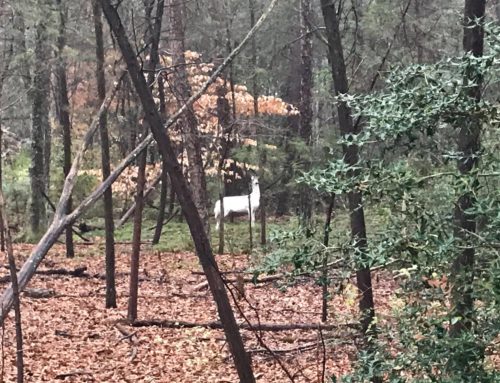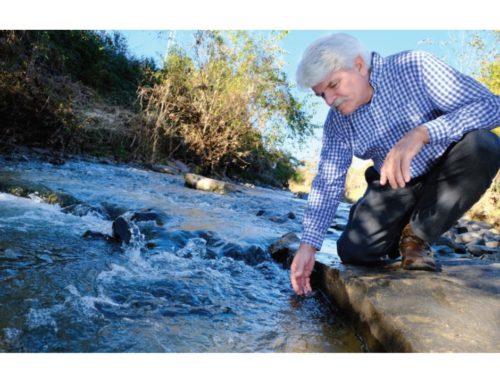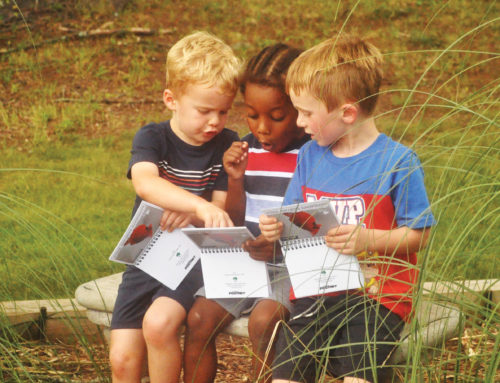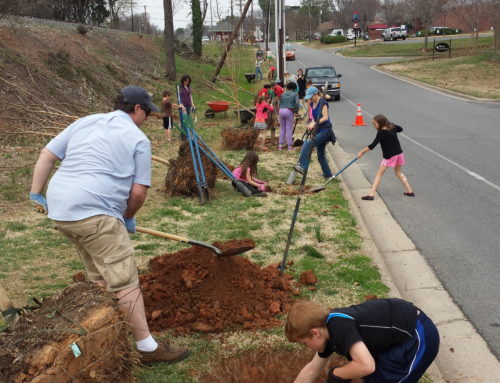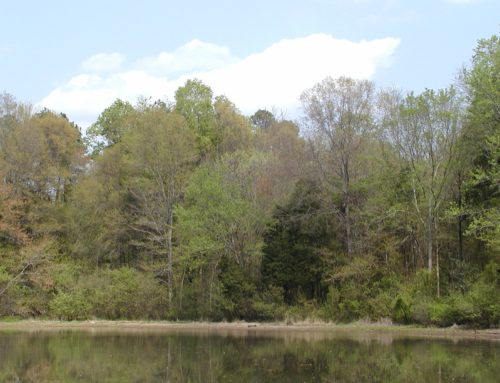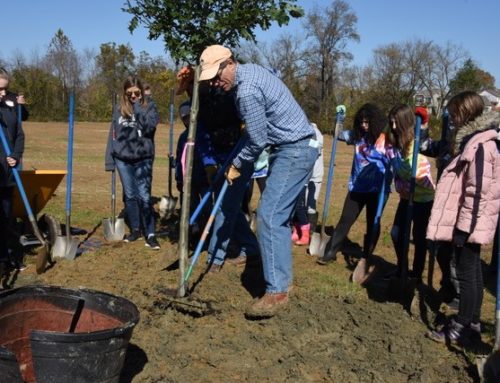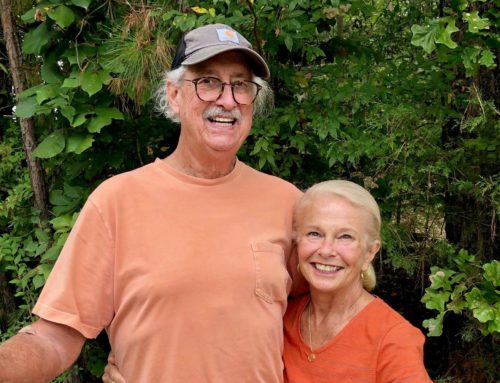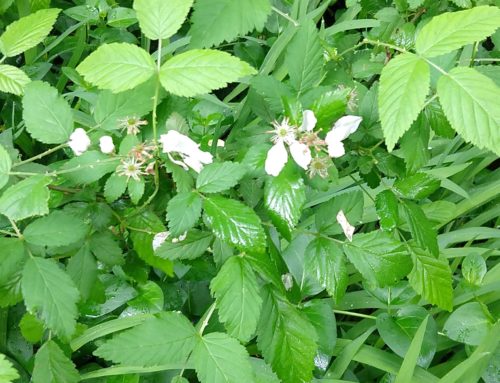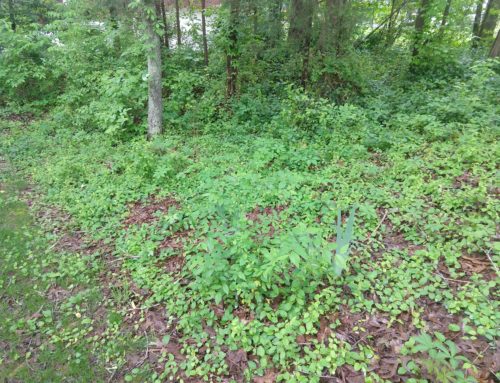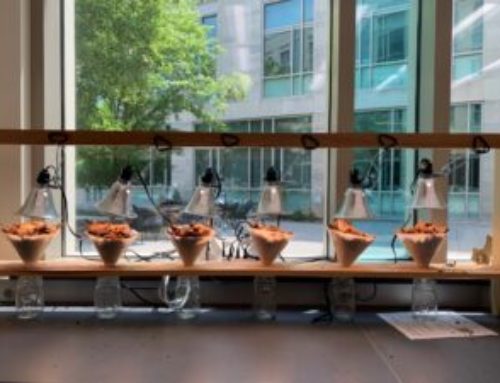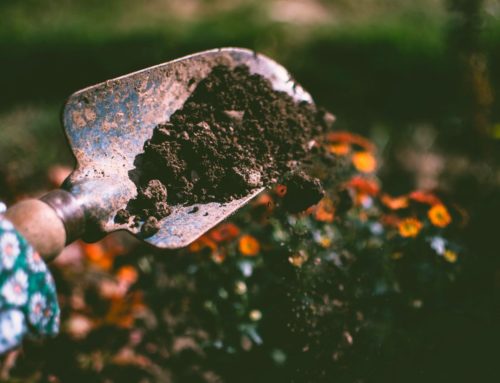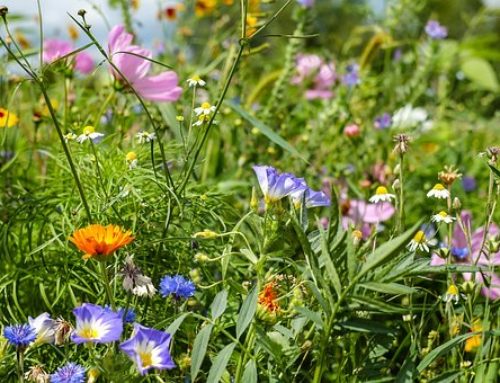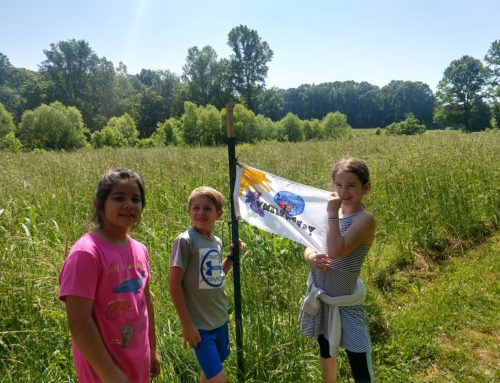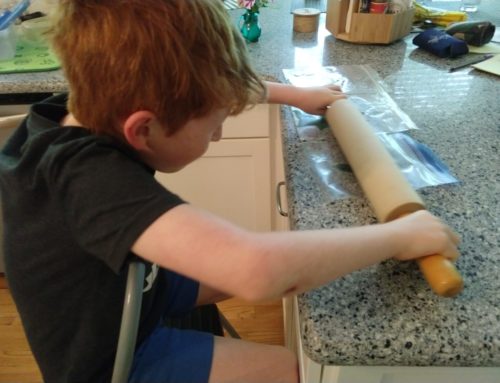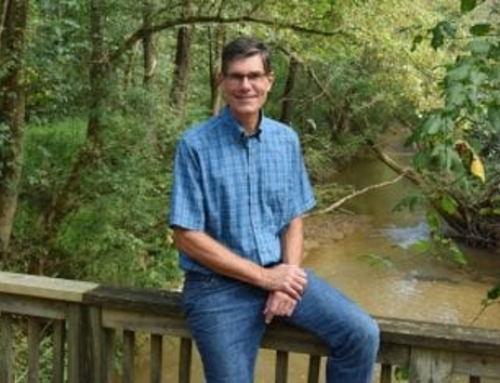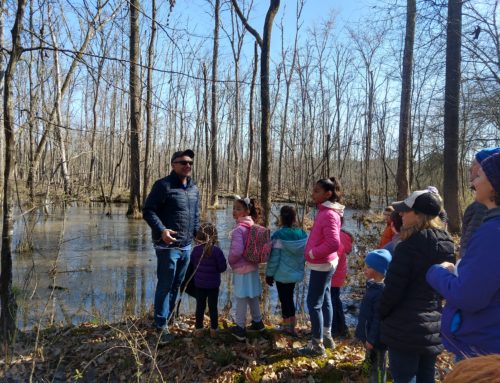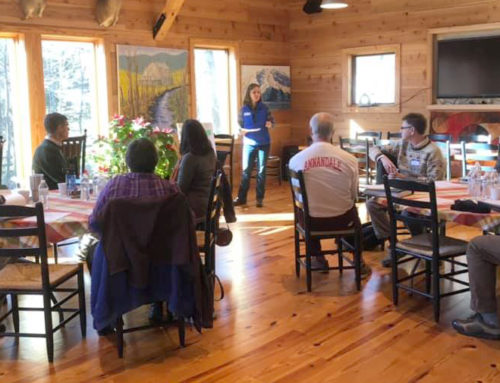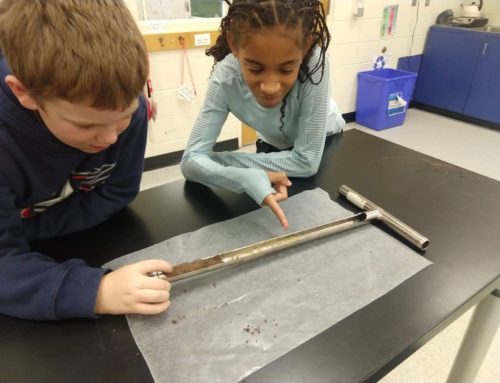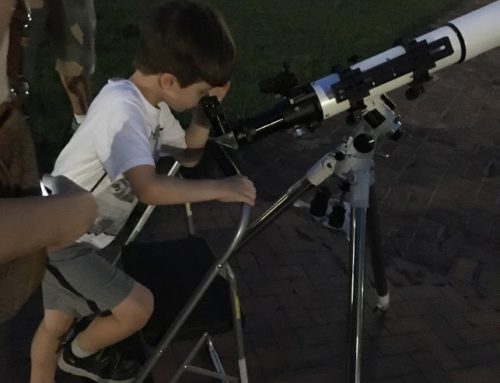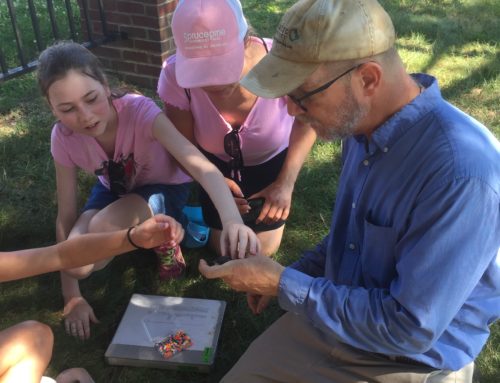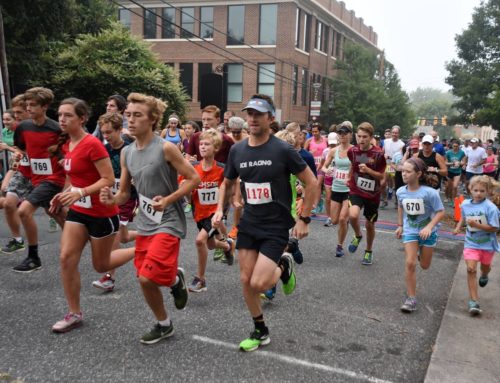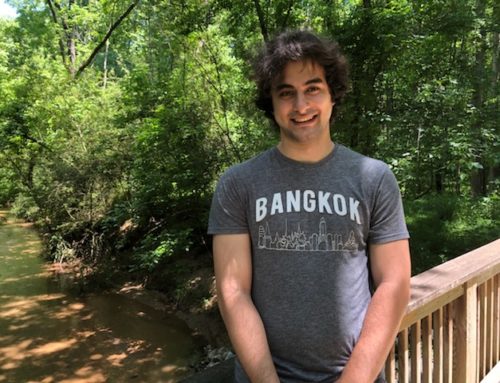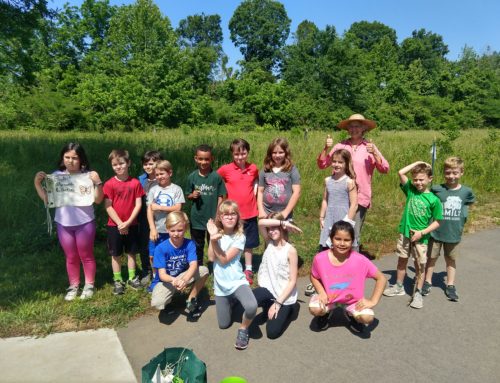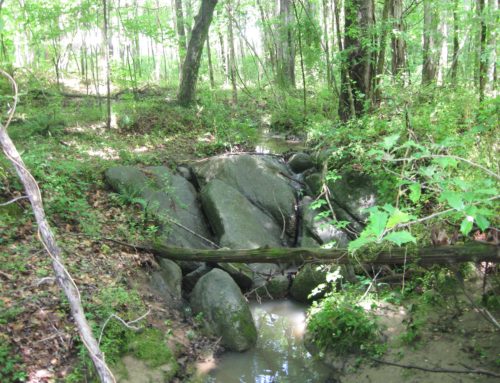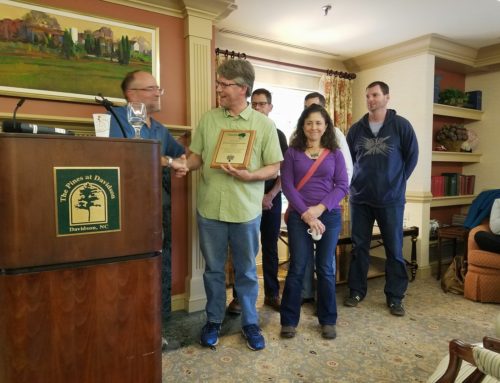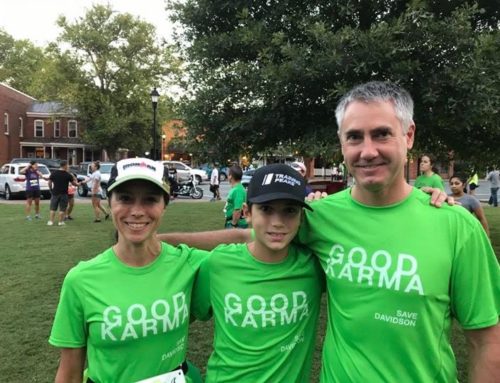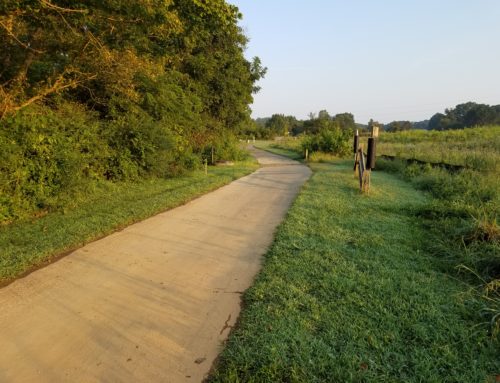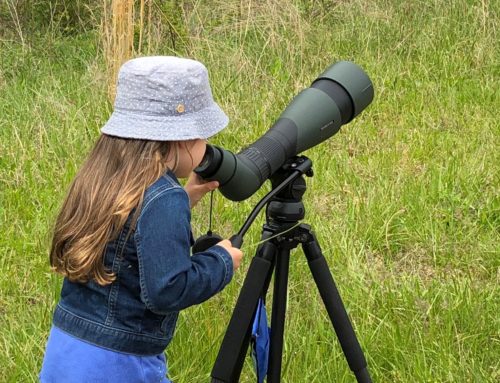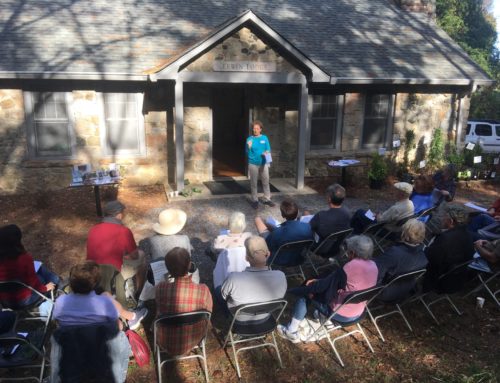When did you first become aware of the importance of land conservation?
It was during and following college and graduate school in New England. My first exposure was in the late 1970s, working for a program in Maine to identify geologically significant waterfalls. I experienced first-hand the powerful impact of land conservation on communities, people, and natural systems. The forever aspect of land conservation is captivating, powerful, and for me, spiritual.
We hear about the Four Pillars of conservation. Are they all equally important?
DLC’s pillars of conservation, unique to Davidson, form the road map to maximizing our impact. While each pillar is important, the magic happens with their interplay: They build on each other. When we conserve land, we add to the urban forest long term, and secure wildlife habitat. Because of our area’s topography and stream systems, most greenways and trails are positioning near streams. So, when we conserve a corridor of connected lands, the benefits to nature and people are multi-fold—trees, water quality, open space, wildlife habitat, and the human experience of enjoying and benefiting from a trail.
Why is land conservation important to Davidson and the people who live here?
The bottom line is this: the linkage between our sense of place, our health, and our natural landscapes is too important to leave it up for grabs. Growth is good, and we all benefit from it, but it must be balanced. The stakes are high because, on one hand, our threatened natural lands and trees are vital to our sense of place, and on the other, land development, once it happens, is effectively irreversible. Conservation is the only way to protect important natural lands given that land use controls are subject to political shifts and uncertainty.
What’s key for 2021?
After a year of self-study, the name of the game for 2021 is execution. We hope to complete several land conservation projects and link the greenway from Narrow Passage and River Run to Fisher Farm. For urban forestry, TreesDavidson plans several community tree planting events to complement the launch of our Treasure Tree program. This year, the wildlife corridor program will begin with a pilot along Schenk’s creek, with help from several Davidson College interns.
Davidson is not a forest, really. Why the focus on wildlife?
A guiding principle at DLC is promoting change and conservation through education. None of the pillars is more dependent on this principle than wildlife corridors. Davidson is loaded with small streams and wooded corridors that are chock-full of wildlife. We just don’t often realize the corridors are there because they are tucked in behind houses, schools and commercial uses. Conservation and proper management of these special areas are important to our local wildlife and ecosystems. Traditional conservation measures of permanent protection of these areas with conservation easements is not practical because the land ownership is frequently highly fragmented. But, in the case of the wildlife corridors, much can be accomplished through making land owners aware of the conservation values of their land and proper management to support wildlife.
There are land trusts in many NC communities. Is DLC similar to most NC land trusts?
We really are unique. I like to say DLC is “not your father’s land trust”! There are about 20 land trusts covering the 100 counties of North Carolina, for average coverage of five counties per land trust. DLC is hyper-local and purely focused on and committed to the Davidson area. Why does this work? DLC is sustainable in Davidson thanks to the community’s strong support for conservation. It also works because we have a broader platform for impact with our four pillars, aligned with community needs and responsive to the urbanizing pressures on Davidson. Our close partnership with Davidson College is also an important element to DLC’s impact. And lastly, we punch way above our weight by being efficient with a lean staff, low overhead, a focus on collaborations, and heavy volunteer support.


